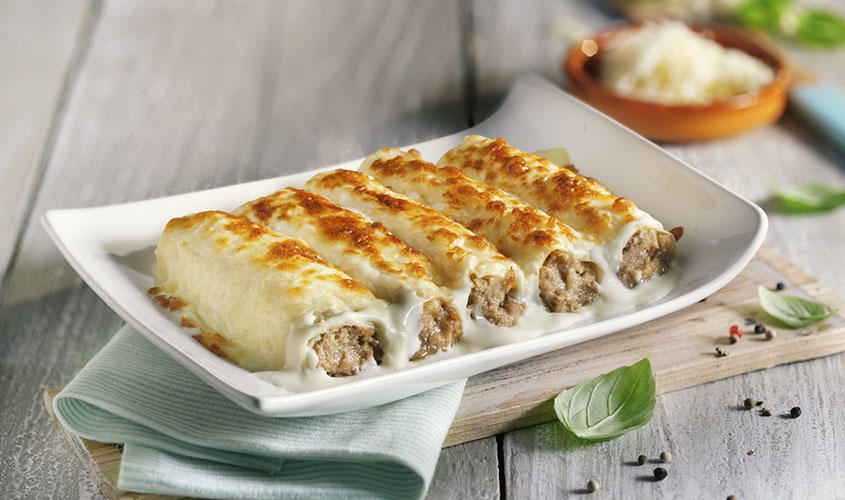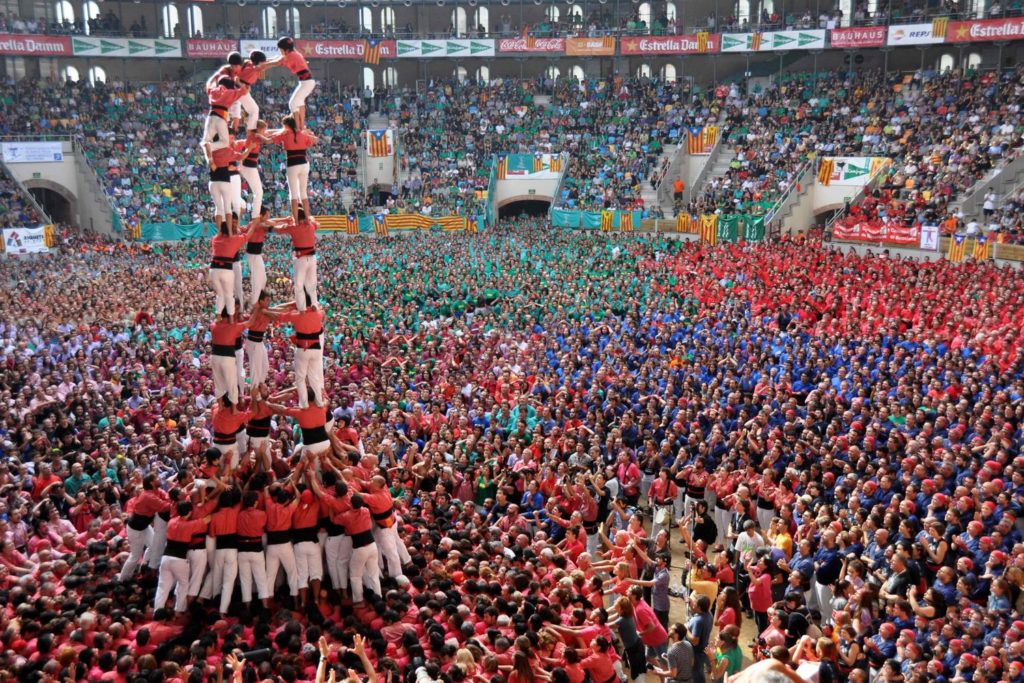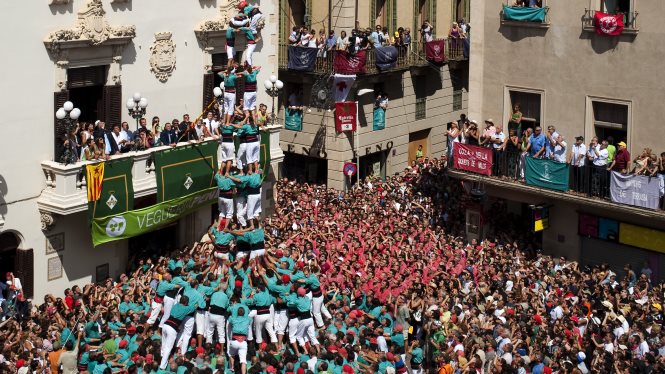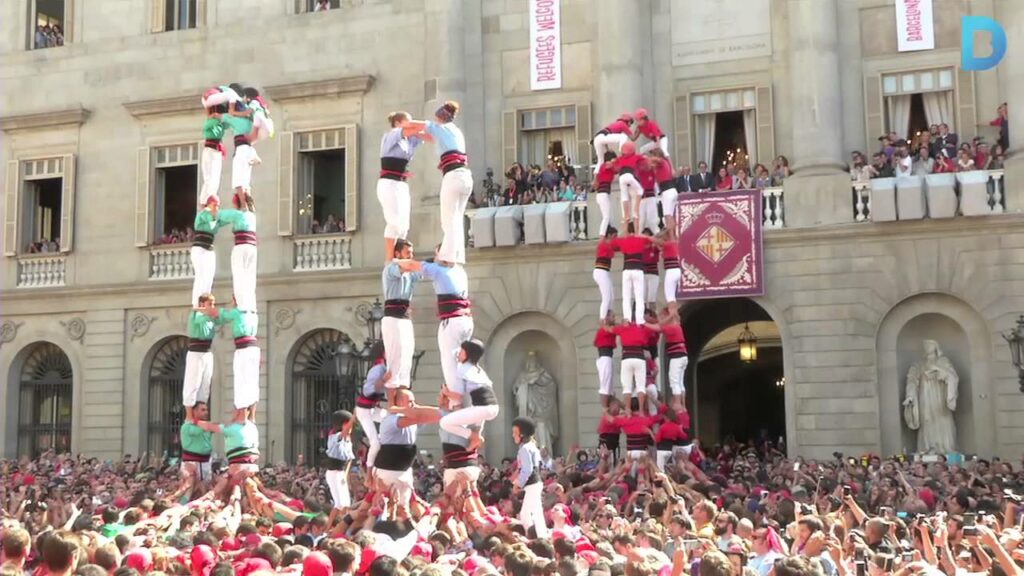Easter Week in Barcelona is an important time of year at which locals get together with friends and families to celebrate many a festivity, just like many places around the world.
Easter Week
Easter Week is celebrated across the country, from the largest cities to the smallest villages, yet in Barcelona you’re sure to experience celebrations like no other with a long line of typical Catalan traditions.
So if you’re thinking of spending the Easter week in Barcelona, here are a few useful tips to make sure you don’t miss out on the most typical events and cultural traditions.
Semana Santa (Holy Week) in Barcelona 2024: 28th March – 1st April
‘Semana Santa’ translates as Holy Week and it is an important week in the Christian calendar. Barcelona, as part of Catalunya, is traditionally less religious than other parts of Spain, particularly in the South. However, it still has its fair share of celebrations during this period.
Holy week is the week before Easter and starts with Palm Sunday. It includes Holy Thursday, Good Friday and Holy Saturday but does not include Easter Sunday.
Holy week begins on Palm Sunday, when a procession traditionally takes place around the cathedral with people holding palms. A week of religious ceremonies follows, ending on Easter Sunday.
Palm Sunday
Palm Sunday is most likely the most important of all Easter Week in Barcelona. We recommend you head to the Gothic quarter and catch the “La Burreta” (donkey) procession that commemorates Jesus’s arrival in Jerusalem.
Keep an eye out for the olive and palm branches carried by children to the local churches to be blessed. You’ll also see them hanging from doors and balconies to ward off evil spirits.
Good Friday is another important date in the liturgical calendar. The Cathedral of Barcelona, and many other local churches, will commemorate this day and the Stations of the Cross with a Via Crucis mass.
Typical sweets
When it comes to food, Easter wouldn’t be Easter without its sweet and savoury delicacies. In between exploring the city and its Easter customs, we recommend taking a break and recharging your batteries with the best of Catalan cuisine.
“La Mona” is a local Easter cake typically made from chocolate and decorated with small figures and animals, chocolate eggs and other sweet treats. Today these cakes are true works of art, but they were originally made from a round sweet brioche and topped with hard-boiled eggs with its tradition dating back to Roman times.
Be sure to drop in to a local bakery to marvel at these fantastic creations or pick one up and try it for yourself!
What’s more, as it is Christian tradition not to eat meat on Good Friday, make sure you also try the typical cod dishes served at local restaurants. Our favourite is the salted codfish in a vegetable sauce, bacallà amb sanfaina.
Must visit
If you’re spending the whole week in Barcelona, we’d also recommend day trips to the villages of Cervera or Verges with processions that you won’t see anywhere else in the world. From Cervera’s skeletons that dance the “Dance of Death” to the Verges Procession in which the entire village takes part, be prepared to be amazed.
Now you know the dates for Easter Week in 2021 therefore, no excuses for a trip to Barcelona! and now that you have decided to spend Easter Week in Barcelona, why not stay at one of our centrally located flats to make sure you don’t miss a thing?





